Jump to Section
Travel to Colombia might make some individuals worry. Its past is full of fights and trouble. Yet, today’s Colombia tells a new tale.
Many ask, “Is it safe now?” This guide digs into that question with care. We look at safety in detail – from crimes to health matters. Let’s clear up doubts and show why this country could be your next trip spot!
City Guides Overview
Here’s a concise breakdown of the key highlights of various cities in Colombia:
| City | Attractions | Cuisine | Cultural Highlights | Must-Do Activities |
|---|---|---|---|---|
| Bogotá | La Candelaria (historical district), Capitolio Nacional, vibrant city life | Arepas, Ajiaco (potato soup), Bandeja Paisa (hearty dish) | Street festivals, cultural events, museums | Explore La Candelaria, visit museums, attend cultural events |
| Medellín | Plaza Botero, Parque Arví, Pueblito Paisa | Bandeja Paisa, Sancocho (stew), Arepas | Botero sculptures, urban transformation | Ride Medellín’s gondolas, explore Pueblito Paisa, visit Botero Plaza |
| Cartagena | Ciudad Amurallada (walled city), Castillo San Felipe de Barajas, Islas del Rosario | Seafood, Arepas de Huevo (fried arepas), Ceviche | Colonial architecture, Caribbean culture | Explore walled city, visit San Felipe Castle, enjoy beaches at Islas del Rosario |
| Cali | Cristo Rey, Museo La Tertulia, Cali Zoo | Chuleta Valluna (breaded pork cutlet), Empanadas | Salsa dancing, Afro-Colombian culture | Learn salsa dancing, visit Cristo Rey, explore local museums |
| Coffee Zone | Coffee plantations, Cocora Valley, Salento | Coffee, Tamales, Arequipe (dulce de leche) | Coffee culture, lush landscapes | Tour coffee farms, hike in Cocora Valley, visit Salento |
| San Andrés | San Andrés Archipelago, Hoyo Soplador, Johnny Cay | Rondón (seafood stew), Crab, Coconut Rice | Beach life, Creole culture | Snorkel in clear waters, relax on the beach, visit nearby islands |
Exploring Colombia’s Diverse Landscapes



In Colombia, the landscapes tell stories of change. Once troubled by conflict and cartels, it’s now a place where travelers find peace among diverse terrains. Cities like Bogota shine brighter, boasting safety that rivals US cities.
Yet caution in travel remains wise worldwide. Health-wise, prep means vaccinations – think COVID-19 and common shots like measles or tetanus. Mostly safe but rural journeys might need purifiers.
And don’t forget bug spray or sunscreen; whether city streets or mountain peaks shield from sun and bites alike. Explore with friends rather than solo at night. Secure belongings in rooms or use luggage locks, and keep passport copies as lifesavers if original IDs vanish.
Dress simply reduces risks of unwanted attention while learning Spanish phrases could open doors to warmer local interactions—and maybe safer travels through understanding cultural tidbits better.
Adventuring further into community life offers deep dives into Colombian culture via Worldpackers work exchanges. Stay with locals willing to swap tales for your help in their projects, often providing free stays as part exchange.
Understanding Local Laws and Customs

In Colombia, protests are common, impacting travel. Roads and public transport can close suddenly. Protests might turn violent with dangers to life.
Officials face travel rules for safety: No road trips between cities or motorcycles; avoid taxis and buses on the street; certain areas are no-go zones due to crime or terrorism risks. If you’re visiting, stay away from protests and large groups. Follow these tips closely when in Colombia.
Watch local news for sudden changes that could affect your plans. Keep yourself low-key in public spaces. Stay aware of what’s around you.
Sign up for STEP alerts. Follow State Department updates online. Have an emergency plan ready.
Check out the Traveler’s Checklist before going. Arauca, Cauca, and Norte de Santander are very dangerous. Terrorism threats exist across Colombia. Be careful at big events. Urban spots, even upscale ones, see scams.
Unregulated shamans offer it. Scams thrive targeting foreigners.
Avoid sharing personal drinks.
Health Safety Tips for Travelers
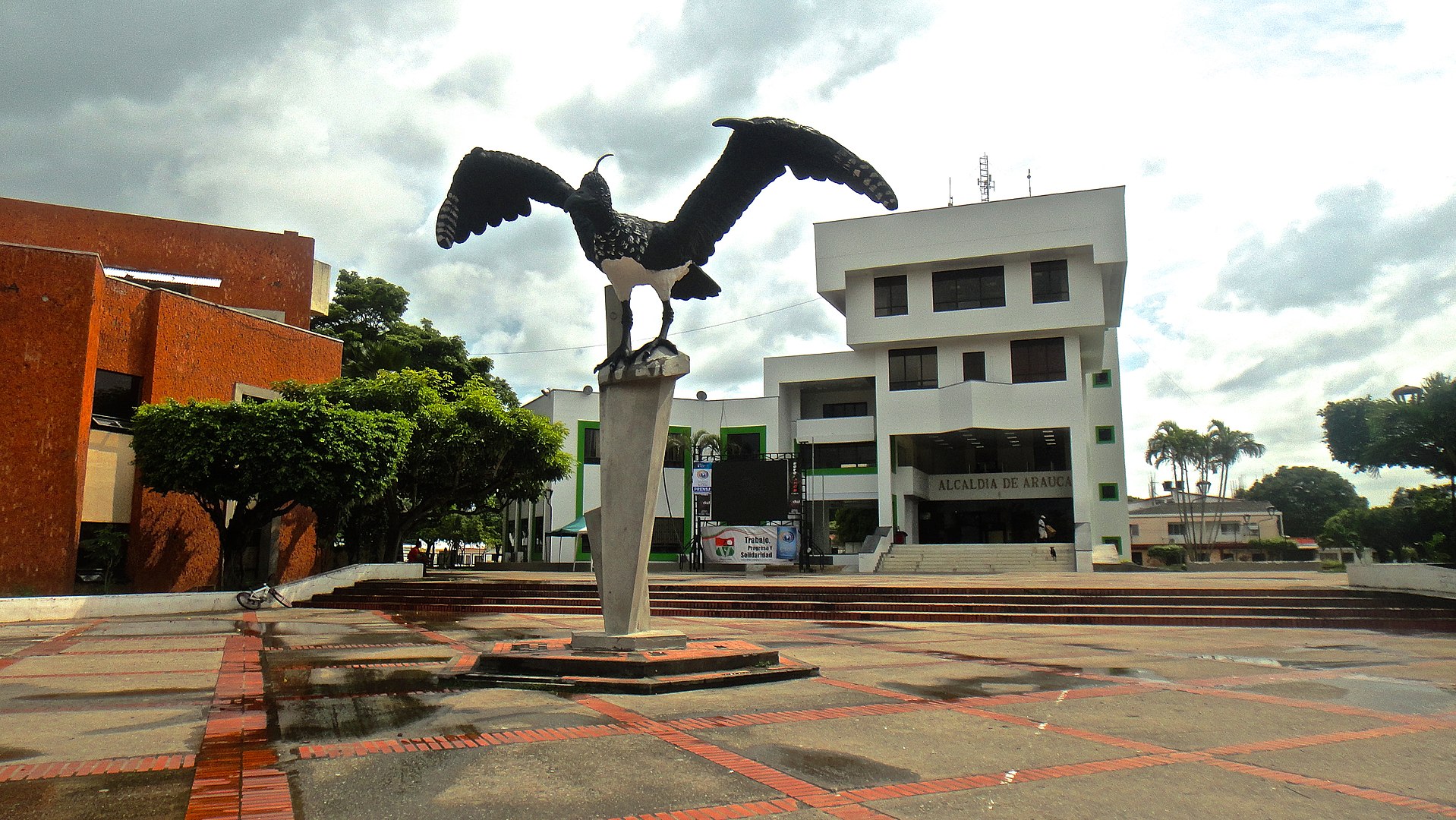
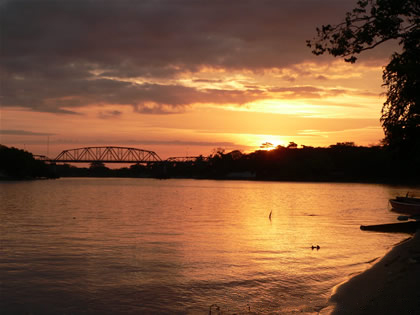
When you’re out and need your phone, find a shop or bank to step into. This helps you stay safe. While kidnappings have dropped since 2000, some areas still pose risks.
Avoid places like Arauca and borders with Ecuador and Venezuela if your government says so. Since Gustavo Petro became president in June 2022, hopes are high for change among young Colombians facing challenges. Though civil unrest has paused now, staying away from protests is wise as they may turn violent fast.
Many spots in Colombia are declared safe by travel advisories. Cities like Bogotá (if you steer clear of certain parts), Medellín, Cali; the Coffee Zone; San Andres Island; Cartagena on the Caribbean coast; also Nuquí and Bahía Solano along the Pacific coast offer safer experiences. It’s all about smart travel here: Keep flashy items hidden and only carry what money you need for the day—dress similar to locals to avoid standing out too much as a tourist target.
Ask hostel staff or locals which city parts to skip over. If venturing off-path seems tempting, do it with trusted guides only. Kidnapping rates have fallen thanks to increased security efforts across Colombia’s major routes.
However, based on my five-week journey through different regions including Cartagena, I would hesitate to recommend solo female adventurers due to personal encounters where I felt less secure even when accompanied.
Best Time to Visit Colombia


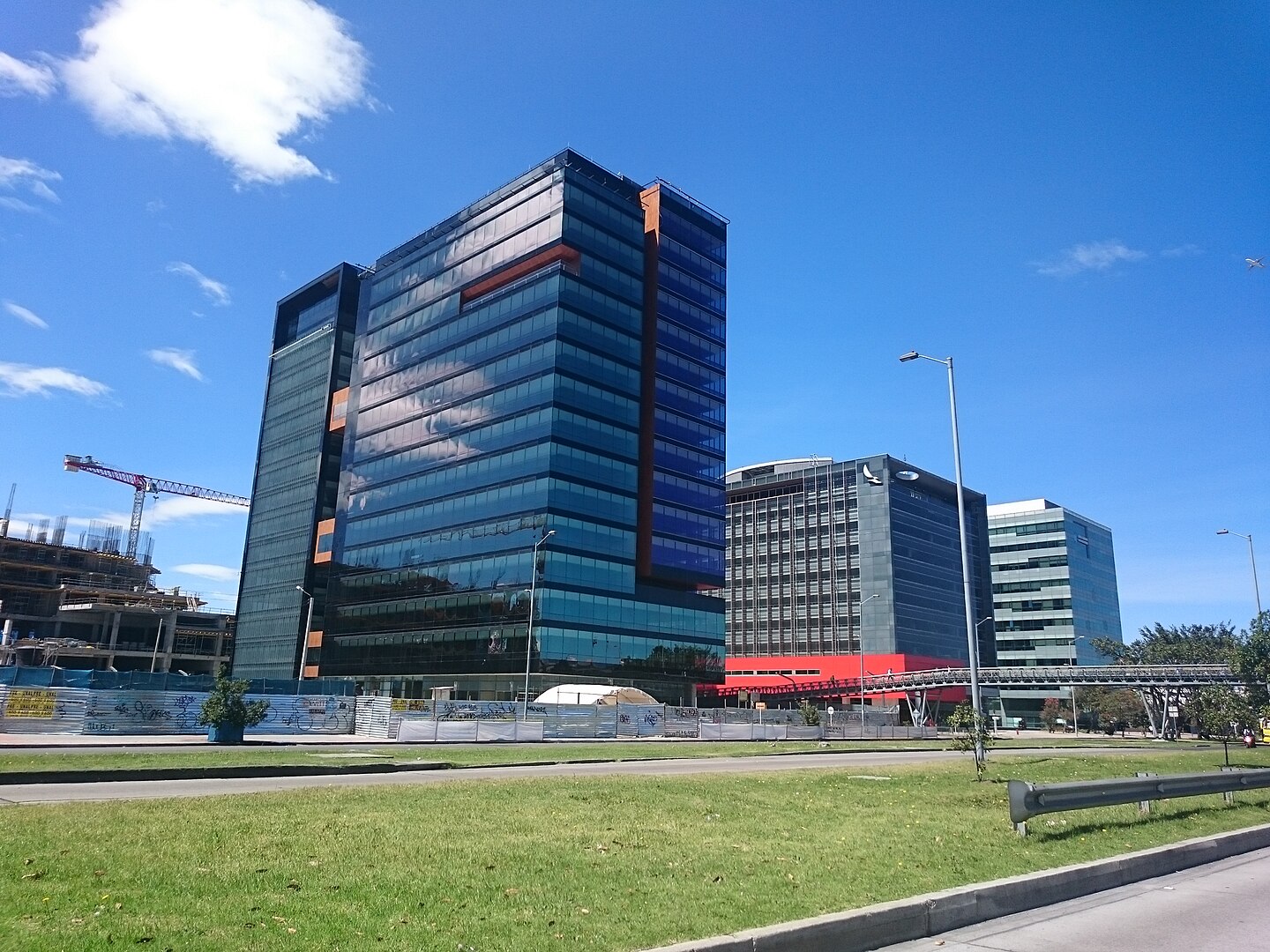
When you plan a trip to Colombia, knowing when to go can make all the difference. From my years of writing and exploring, December through March stand out as the driest months, making them a popular choice for travelers. However, this popularity means more people and higher prices; booking early is key.
The Caribbean coast sees its wettest period in September and October but remains hot. If your travel dates are flexible, July through early September offers another dry spell worth considering. For those who love festivals or cooler weather in the mountains at night with sunny days warming things up quickly after dawn — these insights have guided my travels here many times over the past two decades.
Easter brings unique cultural experiences across Colombia with its elaborate street processions reflecting deep historical roots that I’ve found deeply moving on each visit. Another tip from experience: Cartagena’s heat can slow you down so allow extra time there while Santa Marta’s climate may feel more comfortable due to its drier microclimate. If wildlife entices you like it does me every year, head towards the Pacific Coast between July-November for breathtaking humpback whale sightings.
It’s an unforgettable sight amid Colombia’s diverse landscapes, where every turn invites wonder anew.
Cultural Etiquette and Social Norms
In Colombia, how you greet individuals says a lot. We go for hugs and cheek kisses with pals but opt for firm handshakes when meeting someone new. It’s all about showing respect right off the bat.
And remember to call people “Señor” or “Señora,” unless they tell you otherwise. When eating at someone’s home, wait till everyone has their food before starting. Oh, and keep your elbows off the table!
Try what’s served—it matters to our hosts. Being polite in chats is key too; listen more than talk and put away that phone! Whenever I visit anyone here, bringing a small gift like flowers or wine shows my thanks big time—this kind gesture really strengthens bonds between us.
Navigating Transportation in Colombian Cities
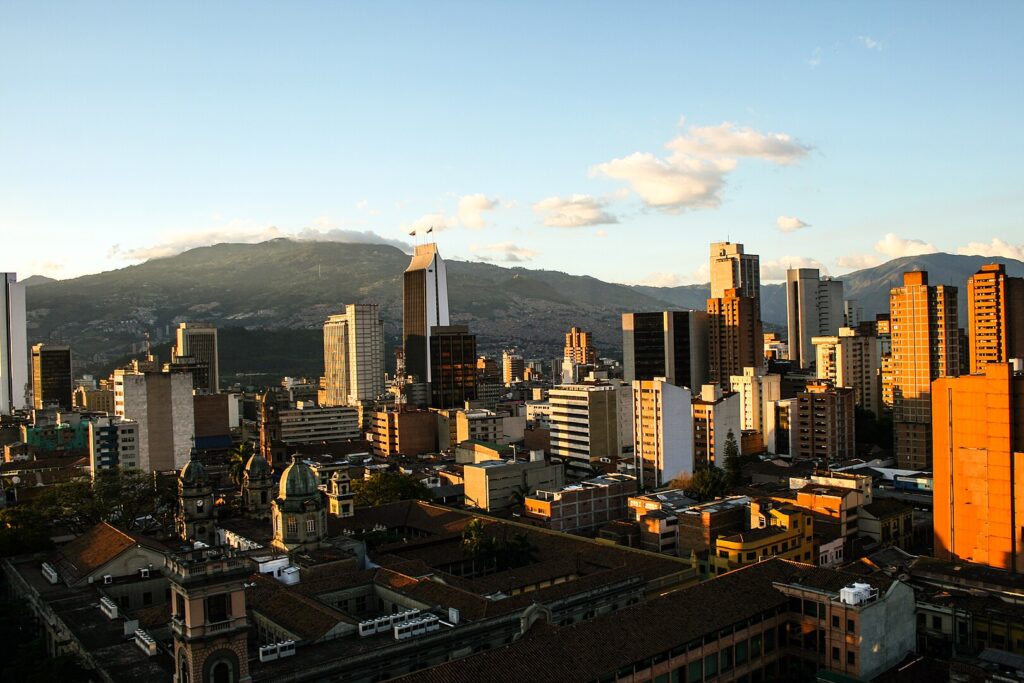
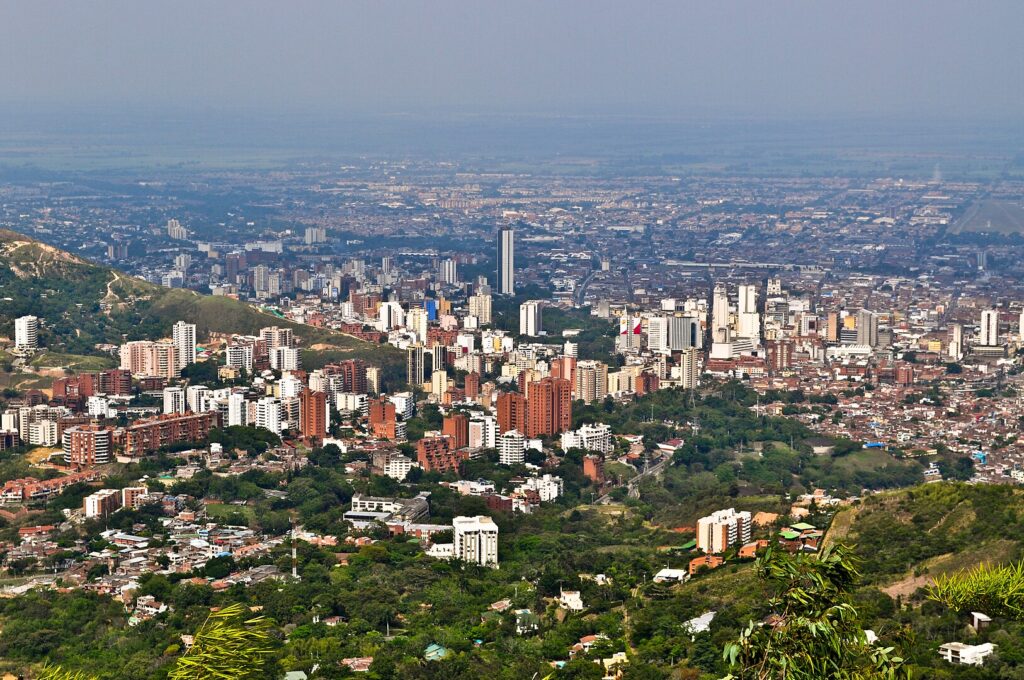

In Colombia, moving around cities is its own adventure. You’ll see colorful buses everywhere you look. They’re the cheapest way to get from place A to B inside towns or close by.
Each bus looks different and often has pictures of Jesus on it, both outside and in! But here’s a thing: figuring out where these buses stop can be tricky as there isn’t one set system for all cities except Bogotá. Then there are “colectivos,” shared vans that take about 6-12 people at once.
These might seem odd at first but they’re common and cheap too! Waiting until the van fills up which feels like forever sometimes. For longer journeys between cities, coach buses are your go-to option.
Booking them online saves time since you don’t need to buy tickets in person—a real help! Also unique is mototaxi rides—quick but watch out; I learned the hard way with a burn on my leg when hopping onto one unexpectedly. Lastly, many travelers find joy riding Medellín’s gondolas or exploring historic jeeps known as Willys for rural tours.
So yes, navigating transportation requires patience and openness to new experiences but adds so much color (literally) to any Colombian journey.
Top Culinary Experiences in Colombia

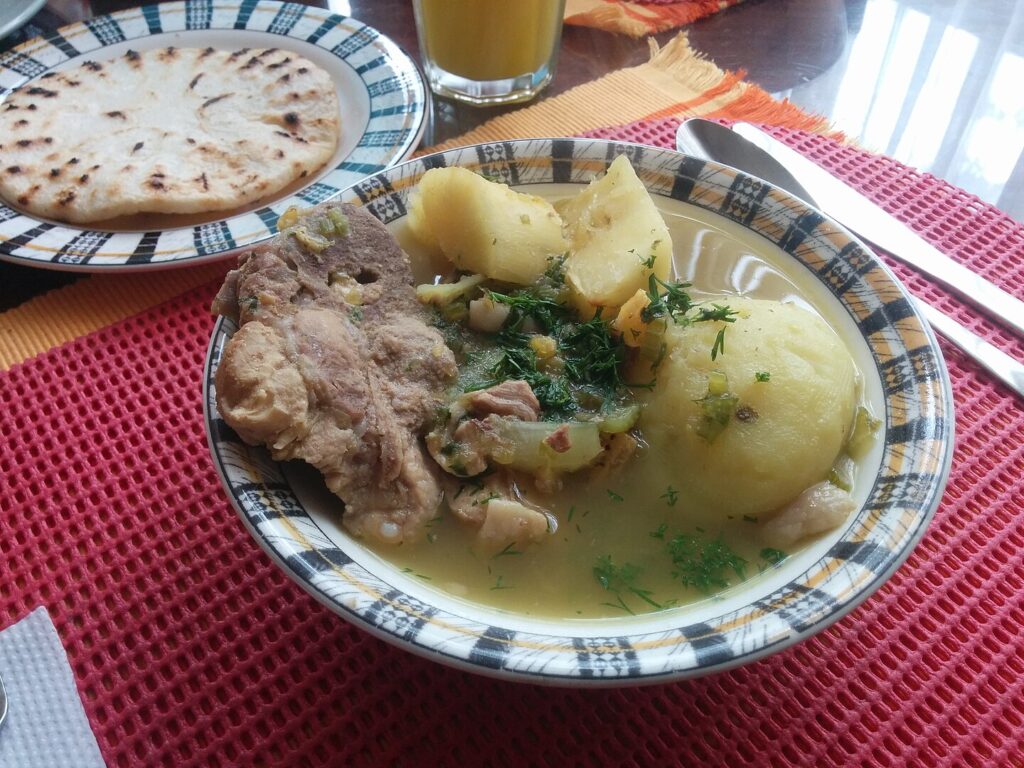
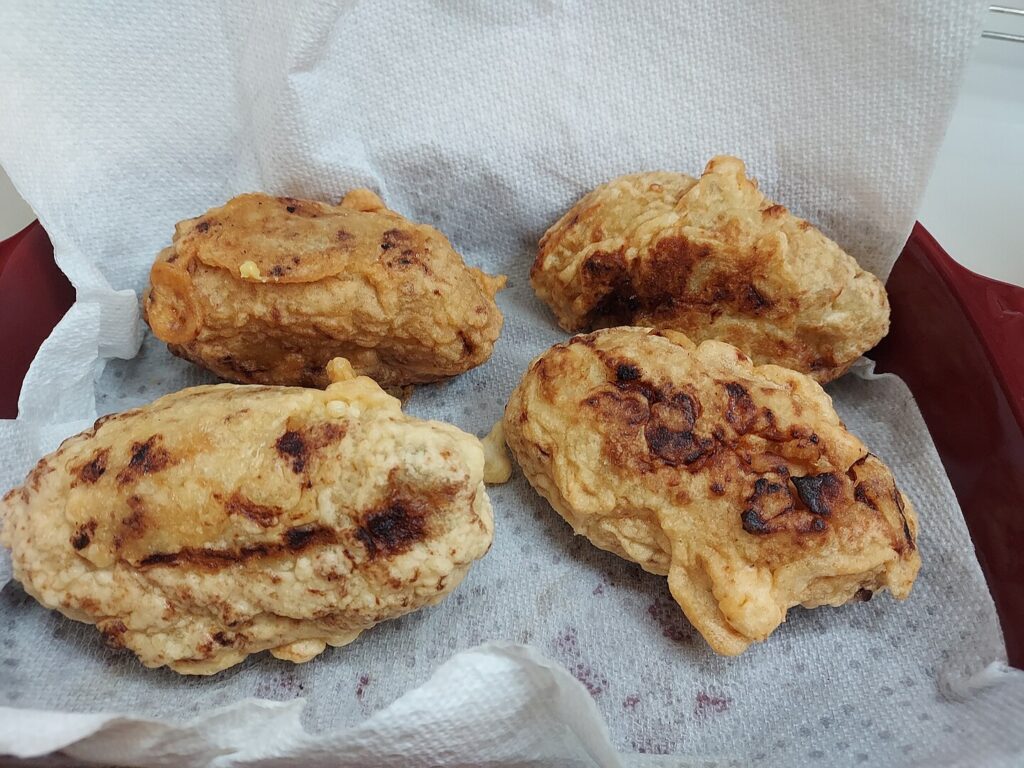

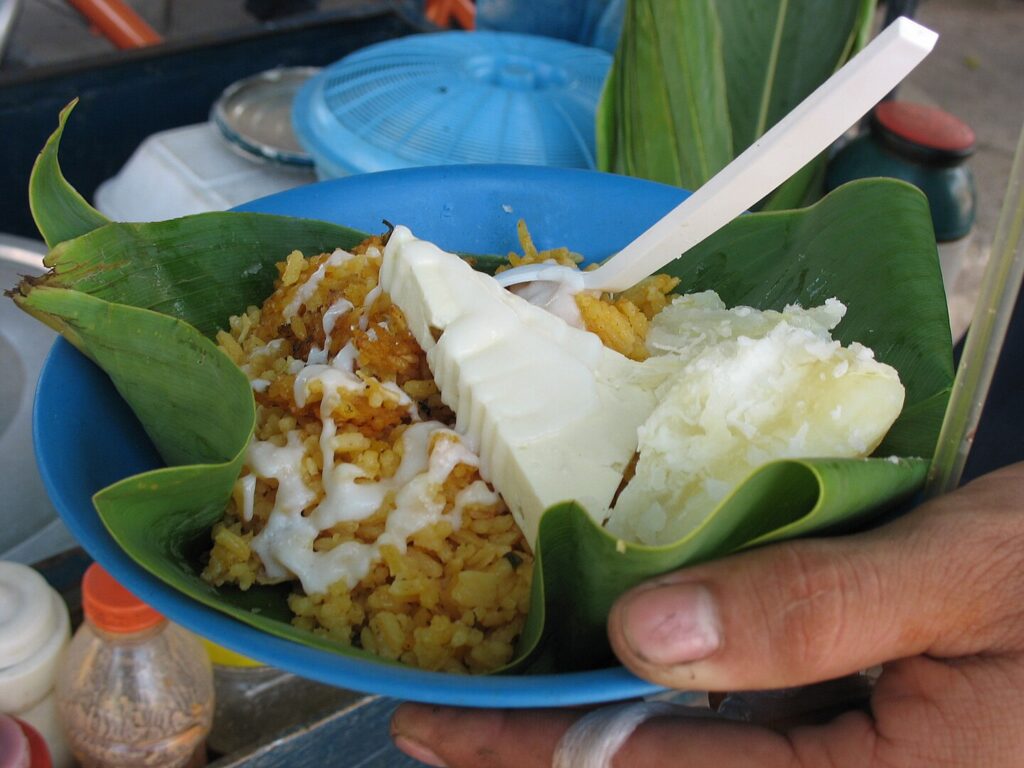
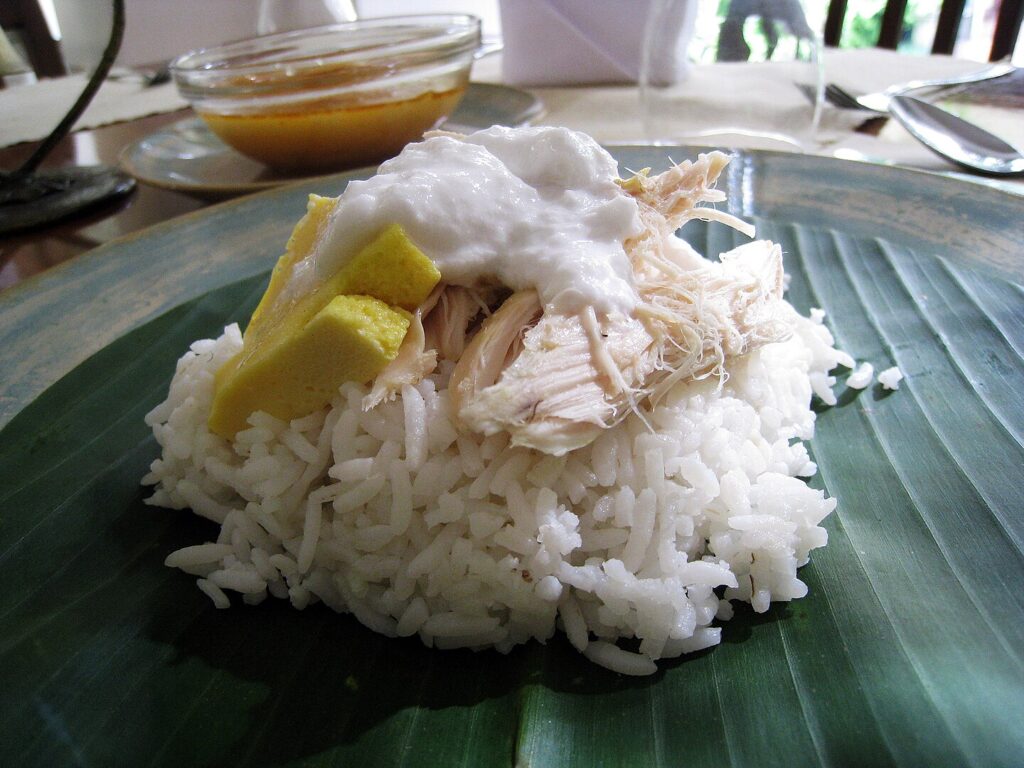
In my travels, I’ve found Colombia’s food scene to be a mix of flavors that surprise you in every bite. You must try the arepas, corn cakes often stuffed or topped with cheese. And don’t miss out on the soups; they bring comfort on any day.
Each region adds its own twist to dishes, making meals an adventure itself. Eating locally is affordable too. For about $2, you get a lunch that fills you up and gives a taste of home-cooking Colombian style – soup, meat, rice, veggies and something to drink.
Visit markets for fresh fruits and vegetables beyond what we see elsewhere—they’re bright spots full of color and taste there at your fingertips. Remember: exploring here means also tasting your way through Colombia—it’s as important as visiting sights!
Accommodation Options from Budget to Luxury
In Colombia, you can find a place to stay that fits any budget. Hostels are cheap, with beds costing as low 15,000 COP a night. You get free Wi-Fi and often breakfast too.
If you want privacy, hostels have rooms for about 40,000 COP but prices go up in busy times or big cities. For those who like comfort without high costs, budget hotels charge around 60,000 COP per night; however the price might double along the coast during peak season. Boutique hotels start at roughly 650,000 COP nightly.
Airbnb options vary widely – from private rooms at just under affordable rates of around (50k-150k) depending on how early you book,to more pricey whole homes averaging closer towards higher side if booking last moment(280K). While camping isn’t widespread here,guesthouses may let guests set tents up.Today’s journey through accommodation choices shows there’s something suitable available no matter whether your wallet feels light or heavy!
Colombia’s Must-Visit Historic Sites

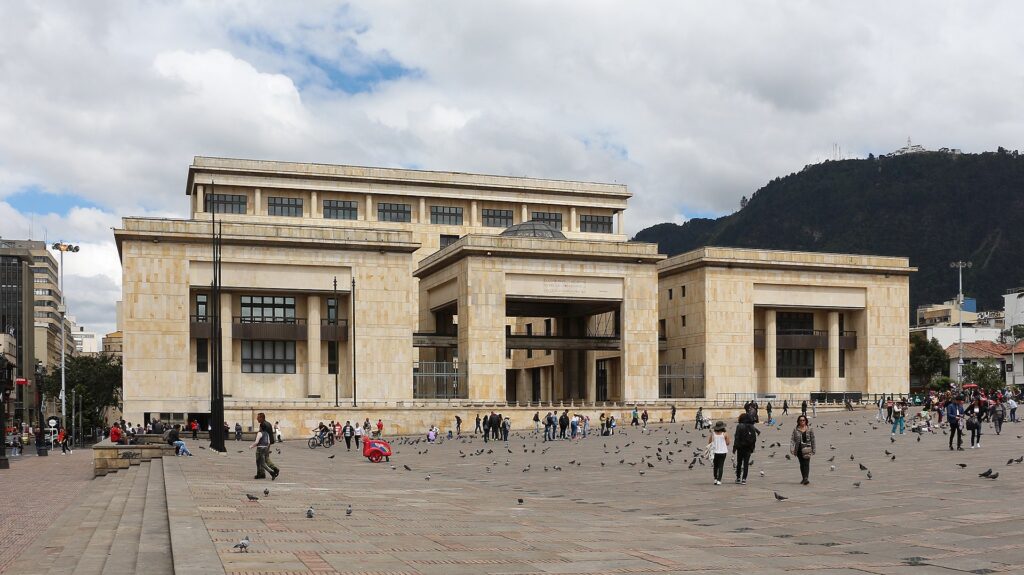

I’ve traveled across Colombia, soaking in its rich history. Big cities buzz with life but hold stories of the past. More cops and cameras are around tourist spots than ever before.
But it’s not just about staying safe in big places like Bogotá or Medellín. Many think you should stick to these big cities, saying outside is risky. Not true anymore; security has gotten better everywhere, letting travelers see more than city lights – like beautiful nature and towns full of culture.
Sure, some individuals still say all of Colombia is off-limits due to danger. My trips tell me otherwise! Yes, keep your guard up as you would anywhere else crowded or at nightfall—common sense goes far here.
Want a real taste? Step beyond Netflix’s tales about cartels that once ruled but don’t define Colombia today. The government’s cracked down hard on those crime rings making streets much nicer for both locals and visitors alike.
So yes travel wise – watch out for scams from fake tours or inflated taxi fares (apps help!). Be mindful where crowds gather since pickpockets love them too. Despite what people might believe based purely on old news stories showing only one side go ahead explore this stunning country responsibly knowing how much it offers beyond headlines—historical sites await!
Staying Connected: Mobile and Internet Access
In my years of writing, I’ve learned the importance of staying connected while traveling. In Colombia, having a phone and internet is key. You’ll want to keep an eye on local news for any sudden events, like protests which can get rough sometimes.
The US government has rules for its workers here—they can’t go between cities by road much or use bikes and public buses. They steer clear from border areas too unless they must go there. For anyone coming to Colombia, knowing this helps plan safer travels.
Joining STEP makes it easier for people back home to reach you if anything goes wrong with a quick sign-up online before your trip starts. Remember these tips: avoid large gatherings that look tense or out of hand; always know what’s going around you; don’t stand out too much in crowds; have plans ready for emergencies just in case things take a turn. Following travel advice on social media sites like Facebook and Twitter also gives fresh updates directly from official sources about where it’s safe to visit within the country.
Safety Measures for a Hassle-Free Trip
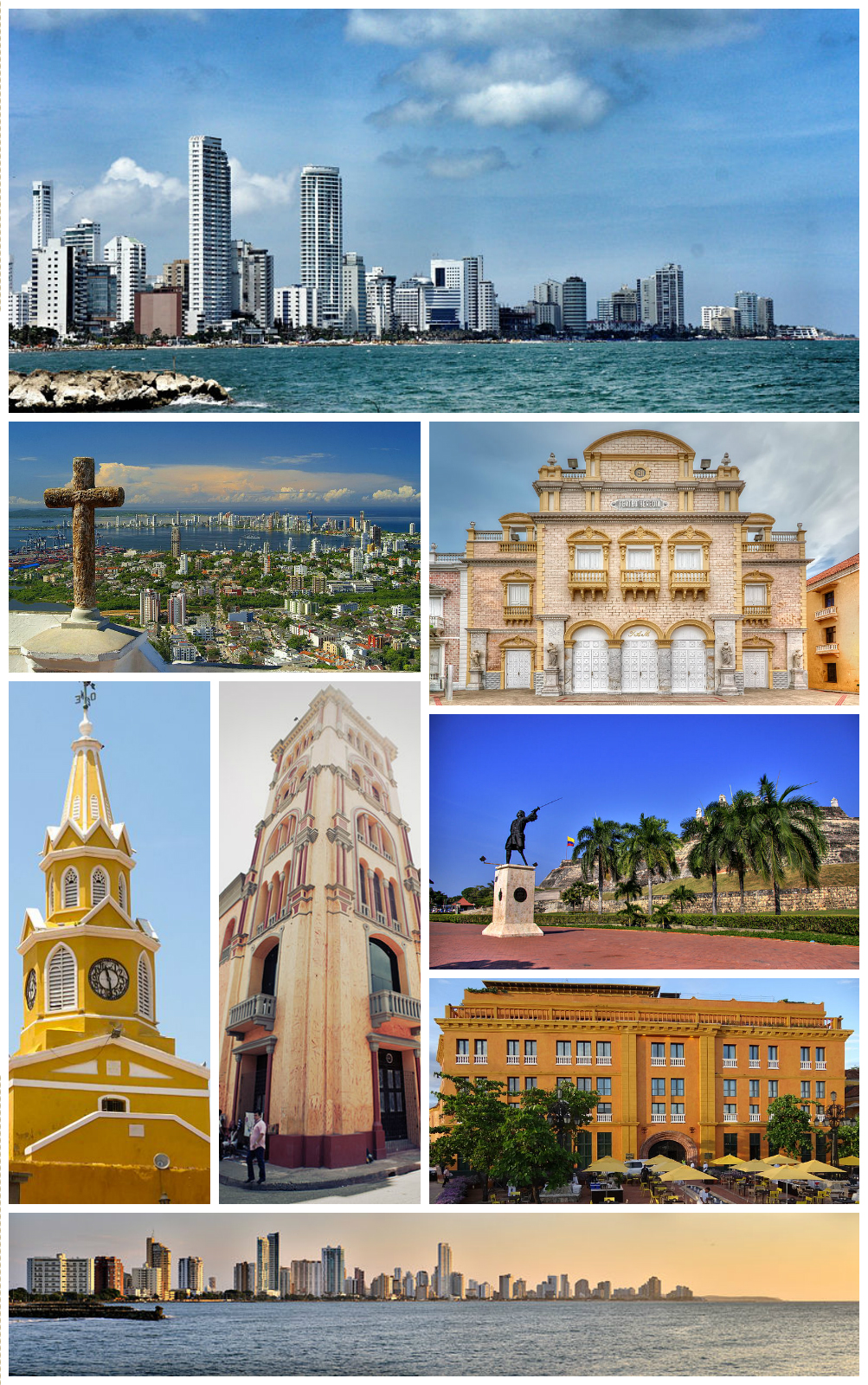
When I plan a trip, keeping safe is my top priority. In Colombia, especially Cartagena, it’s key to stay aware and prepared. This city grabs your heart with its history and beauty but needs careful navigation too.
Always pick places well-spoken of for staying in areas like the walled city or Getsemani which are safer and close to most sights you’ll want to see. I make sure never to look lost even if I’m not quite sure where I’m – asking directions can mark you as an easy target here. Instead, using maps on my phone guides me without drawing unwanted attention.
Something else that’s important – handling money wisely in public spaces keeps trouble at bay. Street vendors only take cash so carry just what you need for the day. And while enjoying Cartagena’s streets and flavors is a must-do, choosing food stalls carefully ensures both safety from petty thefts and health-wise decisions; go where locals gather.
Remembering these steps makes exploring this vibrant place mostly worry-free while soaking up all the charm Cartagena throws at visitors.
When you plan to visit Colombia, keep safety first. Check travel tips and health advice before going. Cities like Bogotá offer much culture; coastal areas are known for beauty.
Try local food, explore nature, but stay aware of your surroundings. Use common sense just as you would anywhere else in the world: Keep valuables safe and avoid less-known places late at night. With these steps, your trip can be full of joy and free from trouble – a true adventure in this vibrant land.
Discover a wealth of valuable travel articles by visiting our blog page, brimming with an abundance of tips, guides and inspiration for your upcoming adventures. Whether you’re in search of insider knowledge on unexplored destinations or seeking pocket-friendly advice to facilitate budget travel – we cater to every kind! Our wanderlust-inducing storytellers ensure that each journey is enthralling; curated collections take the reader on a voyage through hidden gems and invite them into their next unforgettable destination where they will be carried away by exploration.





Leave a Reply